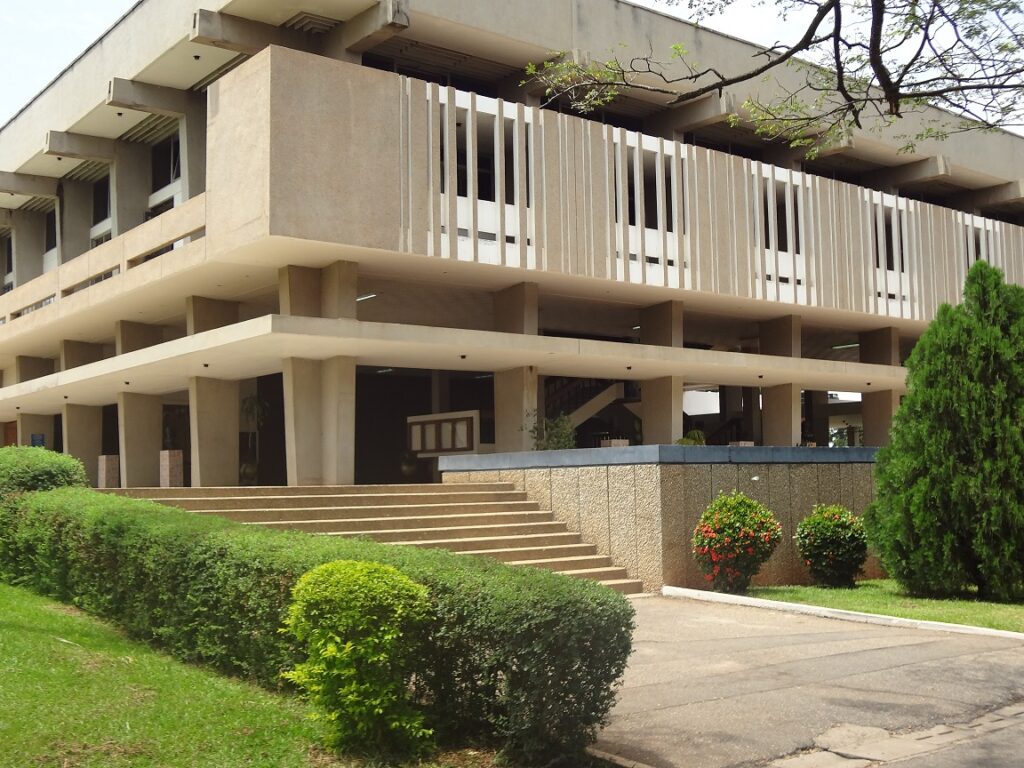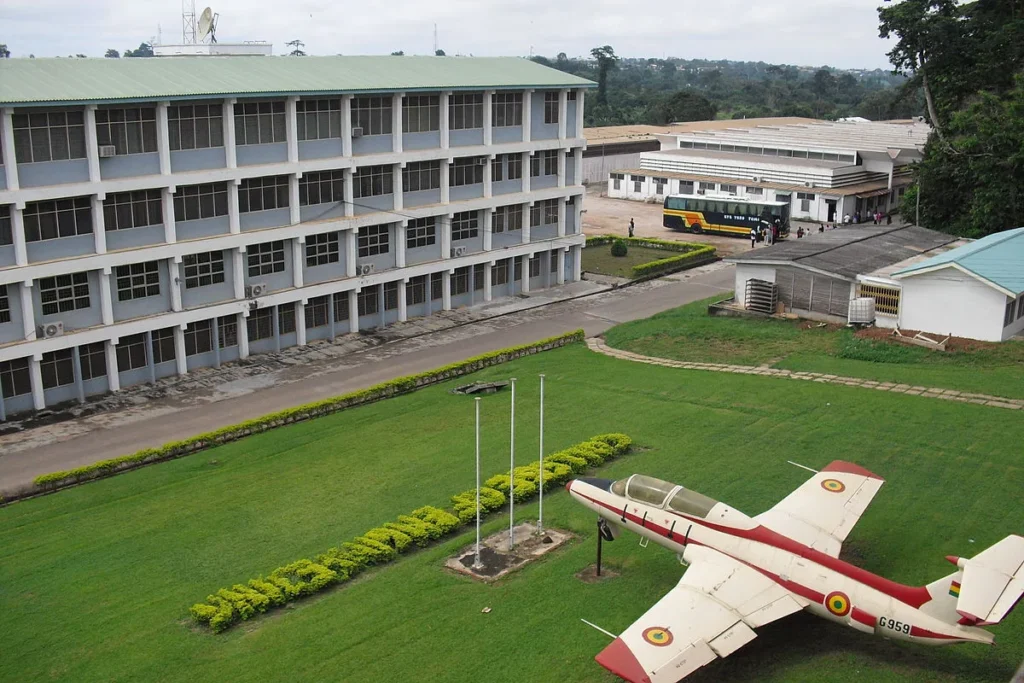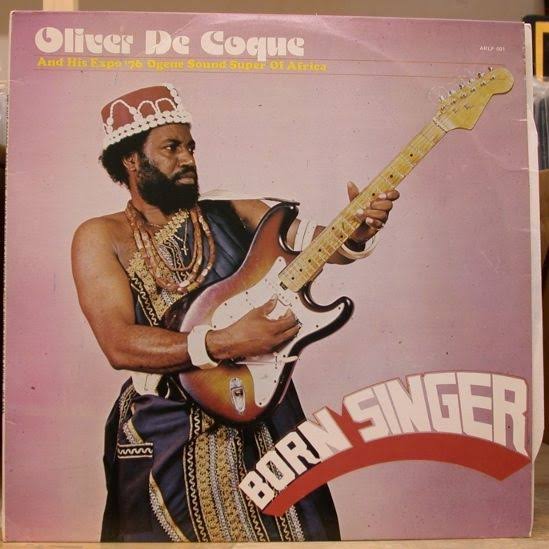Kwame Nkrumah University of Science and Technology | About | Courses Offered and Scholarships
The University of Science and Technology succeeded the Kumasi College of Technology, established by a Government Ordinance on October 6, 1951. Officially opened on January 22, 1952, with 200 Teacher Training students transferred from Achimota, it formed the nucleus of the new College. The School of Engineering and the Department of Commerce were established in October 1952, and the first students were admitted. The campus, spanning approximately sixteen square kilometers of undulating land about seven kilometers from Kumasi’s central business district, features modern buildings amidst lush lawns and tropical flora, creating an ideal environment for academic studies. The university has become a crucial center for training scientists and technologists for Ghana, other African countries, and the world.
The QS World University Rankings 2024 places the Kwame Nkrumah University of Science and Technology at #1401+, affirming its status as a leading institution in Kumasi, Ghana. It also ranks #601-650 in QS World University Rankings by Subject and #1001-1050 in QS Sustainability Ranking.
The university offers a diverse range of subjects across its colleges, including Arts & Humanities, Engineering & Technology, Life Sciences, Social Sciences, Computer Science, Business & Economics, Physical Sciences, Clinical & Health Sciences, Law, and Education.
In addition to academic excellence, the university promotes a peaceful environment. The Peace Pole, erected on the campus on September 21, 2006, features indigenous symbols carved in bas-relief in five languages, conveying a peace prayer. The university strives to create leaders with a continent-wide development mindset and encourages cooperation among African nations.
The academic year of 2010/11 saw some colleges adopting a two-tier system, while others retained a three-tier system. The colleges include the College of Agriculture and Natural Resources, College of Health Sciences, College of Humanities and Social Sciences, and the College of Art and Built Environment, which was restructured in 2005. Additionally, the College of Engineering and the College of Science contribute significantly to the university’s academic prowess.
The University of Science and Technology stands as a beacon of learning, fostering innovation, and producing leaders who contribute to the development of not only Ghana but the entire African continent.
The College of Agriculture and Natural Resources (CANR) at Kwame Nkrumah University of Science and Technology encompasses various faculties and departments dedicated to the study and advancement of agricultural and natural resource-related disciplines. The detailed structure of CANR is outlined below:

Faculty of Agriculture
- Department of Agricultural Economics, Agribusiness, and Extension
- Department of Animal Sciences
- Department of Crop and Soil Sciences
- Department of Horticulture
Faculty of Renewable Natural Resources
- Department of Agroforestry
- Department of Fisheries and Watershed Management
- Department of Silviculture and Forest Management
- Department of Wildlife and Range Management
- Department of Wood Science and Technology
Faculty of Forest Resources Technology
- Department of Ecotourism and Forest Recreation
- Department of Land Reclamation and Rehabilitation
- Department of Social Forestry
- Department of Wood Processing and Marketing

College of Health Sciences
- Faculty of Allied Health Sciences
- Department of Medical Laboratory Technology
- Department of Nursing
- Department of Sonography
- Department of Sports and Exercise Science
- Faculty of Pharmacy and Pharmaceutical Sciences
- Department of Pharmaceutical Chemistry
- Department of Pharmacology
- Department of Pharmacognosy
- Department of Pharmacy Practice
- Department of Pharmaceutics
- Department of Herbal Medicine
- Dental School
- School of Medical Sciences
- School of Veterinary Medicine
College of Humanities and Social Sciences
- Faculty of Law
- Faculty of Social Sciences
- Department of Economics
- Department of English
- Department of Geography and Rural Development
- Department of History and Political Studies
- Department of Modern Languages (currently called the Department of Language and Communication Sciences)
- Department of Religious Studies
- Department of Sociology and Social Work
- School of Business
Colleges under the two-tier system (Provost/Head of Department):
College of Art and Built Environment
- The College of Art and Built Environment was formerly known as the College of Architecture and Planning. It was established in January 2005 as part of the university’s restructuring into a Collegiate System. The college comprises two faculties, ten teaching departments, and one research institute.
- Faculties:
- Department of Communication Design
- Department of General Art Studies
- Department of Painting and Sculpture
- Department of Integrated Rural Art/Industry
- Department of Industrial Art
- Department of Educational Innovations in Science and Technology
- Department of Publishing Studies
- Department of Architecture
- Department of Building Technology
- Department of Land Economy
- Research Institute:
- Centre for Settlements Studies
- Centre for Land Studies
College of Engineering
- Department of Agricultural Engineering
- Department of Aerospace Engineering
- Department of Chemical Engineering
- Department of Civil Engineering
- Department of Computer Engineering
- Department of Electrical Engineering/Electronic Engineering & Telecommunication Engineering
- Department of Geological Engineering
- Department of Geodetic Engineering
- Department of Geomatic Engineering
- Department of Materials Engineering
- Department of Mechanical Engineering
- Department of Petroleum Engineering

College of Science
- Department of Biochemistry and Biotechnology
- Department of Chemistry
- Department of Computer Science
- Department of Environmental Science
- Department of Food Science and Technology
- Department of Mathematics
- Department of Optometry and Visual Science
- Department of Physics
- Department of Theoretical and Applied Biology
- Department of Statistics and Actuarial Sciences
- Department of Meteorology and Climate Science
This extensive academic structure underscores the university’s commitment to providing a diverse and comprehensive education in agriculture, natural resources, health sciences, humanities, social sciences, engineering, and science.
Project: Mastercard Foundation Scholars Program
Amount: $21.0 million
Countries: Ghana
Enable 700 academically talented, yet financially disadvantaged students to complete a university education, while fostering their leadership skills and their capacity to give back to their communities.
Related Initiatives:
- Mastercard Foundation Scholars Program


